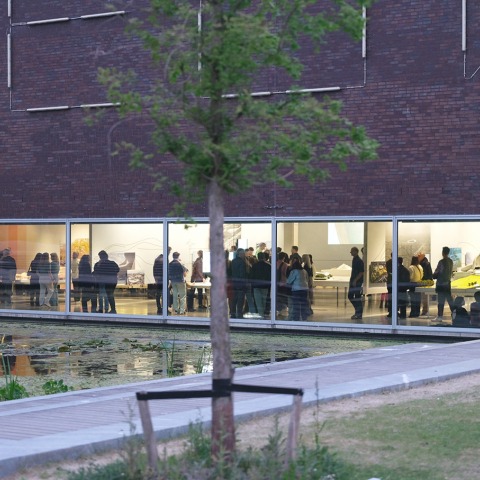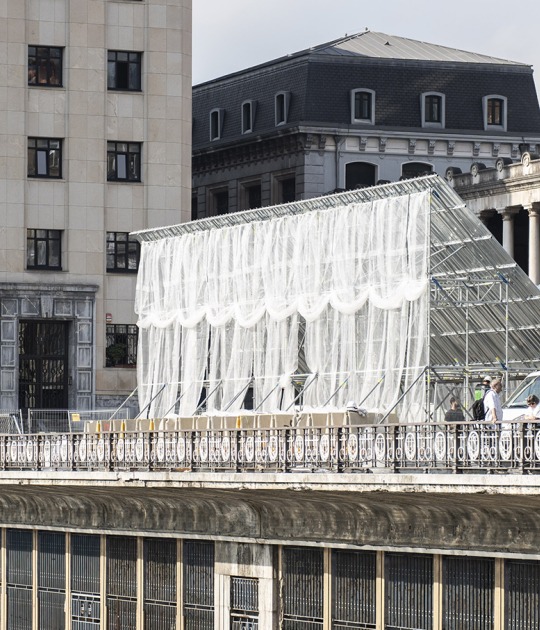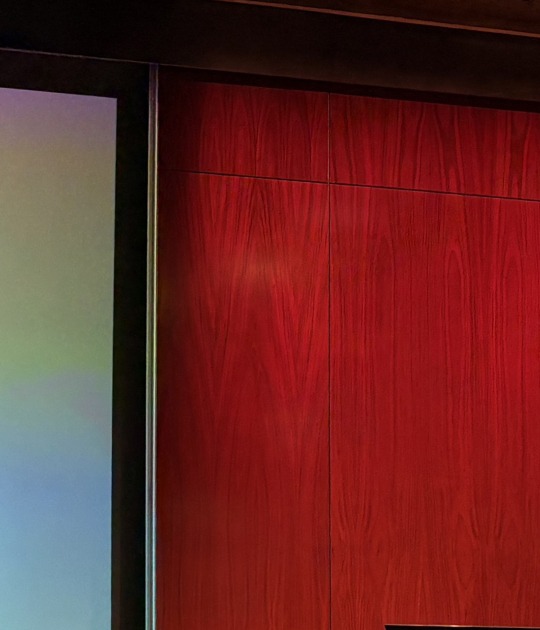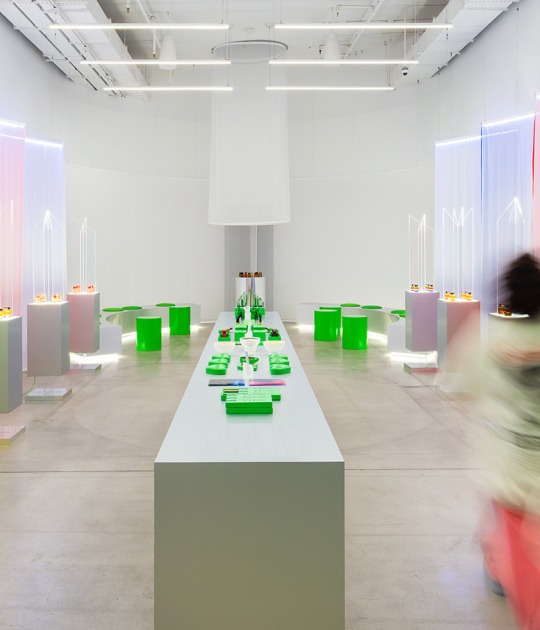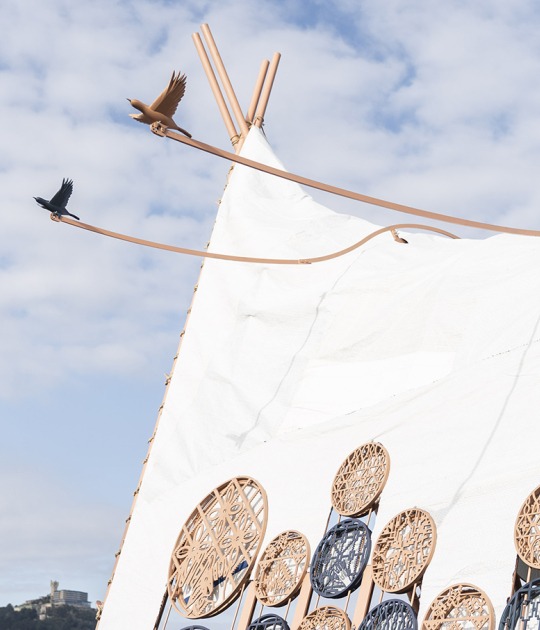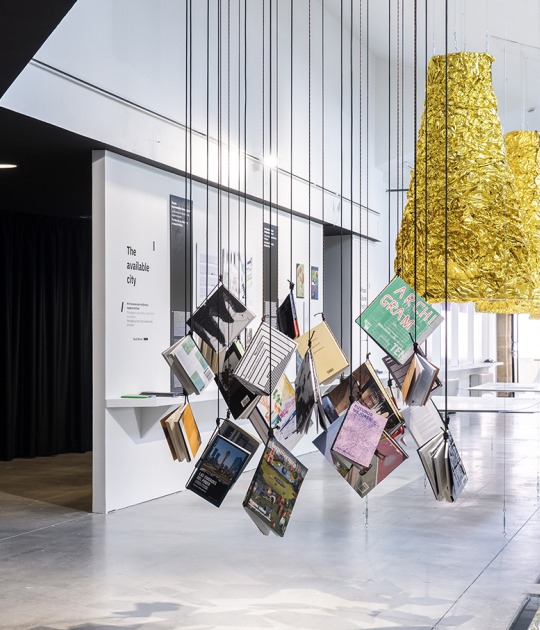“The exhibition approaches MAD’s practice from multiple perspectives—from critiques of modernism and globalization to explorations of its design language; from domestic living and art installations to large-scale cultural and commercial projects—bringing viewers closer to the ideas and working methods of Ma Yansong and MAD. Through spatial presentations of architectural models, art, and multimedia, visitors will experience how MAD uses architecture to evoke emotion and respond to the environment.”
Aric Chen, General and Artistic Director of the Nieuwe Instituut.
The exhibition is structured around seven chapters, each anchored by a defining moment in MAD’s architectural practice and research:
• MAD in China
• Absolute Towers
• Shanshui City
• Embodied Nature
• Layered Futures
• Connective Landscapes
• MAD People
Through 27 architectural and artistic works, this exhibition explores the evolution of MAD Architects' philosophy, showcasing its conceptual intensity and boundless creativity.
“We hope this exhibition brings viewers closer to MAD and offers insight into our work. Through imagination, we’ve always sought to breathe new life and vitality into cities and architecture, encouraging people to re-examine their relationship with nature, time, and the world.”
Ma Yansong

Ma Yansong: Architecture and Emotion. Photograph by Demone.
The first chapter, MAD in China, presents its early experiments at the forefront of urban concepts, such as Fish Tank, Beijing 2050, and Superstar: A Mobile China Town, highlighting MAD's speculative and provocative beginnings.
Absolute Towers, the second chapter, centers on the iconic Canadian skyscrapers that marked MAD’s global breakthrough, making them the first Chinese studio to win a major international commission.
Shanshui City, the third chapter, delves into the firm’s guiding vision: blending the poetic spirit of traditional Chinese landscapes with contemporary architecture. Projects like Chaoyang Park Plaza and UNIC reinterpret nature in urban form.

Ma Yansong: Architecture and Emotion. Photograph by Arch Exist.
Embodied Nature gathers works including the Cloudscape of Haikou and Shenzhen Bay Culture Park, illustrating MAD’s efforts to blur the lines between the natural and built environments.
In Layered Future, projects such as the Lucas Museum of Narrative Art and The Ark reflect the studio’s human-centered imagination across different cultural and urban settings. A WeChat-based animated timeline reveals their creative process.
Connective Landscapes features buildings like One River North and Baiziwan Social Housing, showing how MAD integrates community, infrastructure, and ecology in architectural design.

Ma Yansong: Architecture and Emotion. Photograph by Arch Exist.
The final chapter, MAD People, offers a video glimpse into the studio’s collaborative, cross-cultural environment.
Visitors can also engage with an interactive AR installation that turns hand-drawn sketches into volumetric designs—an invitation to imagine space through MAD’s visionary lens.
